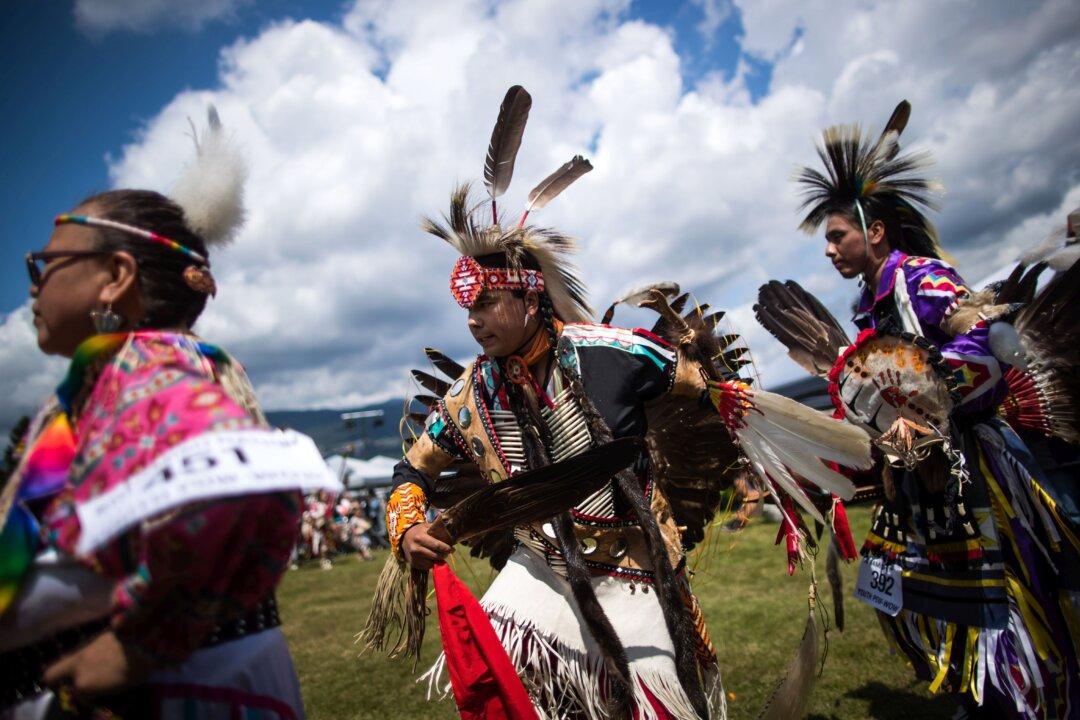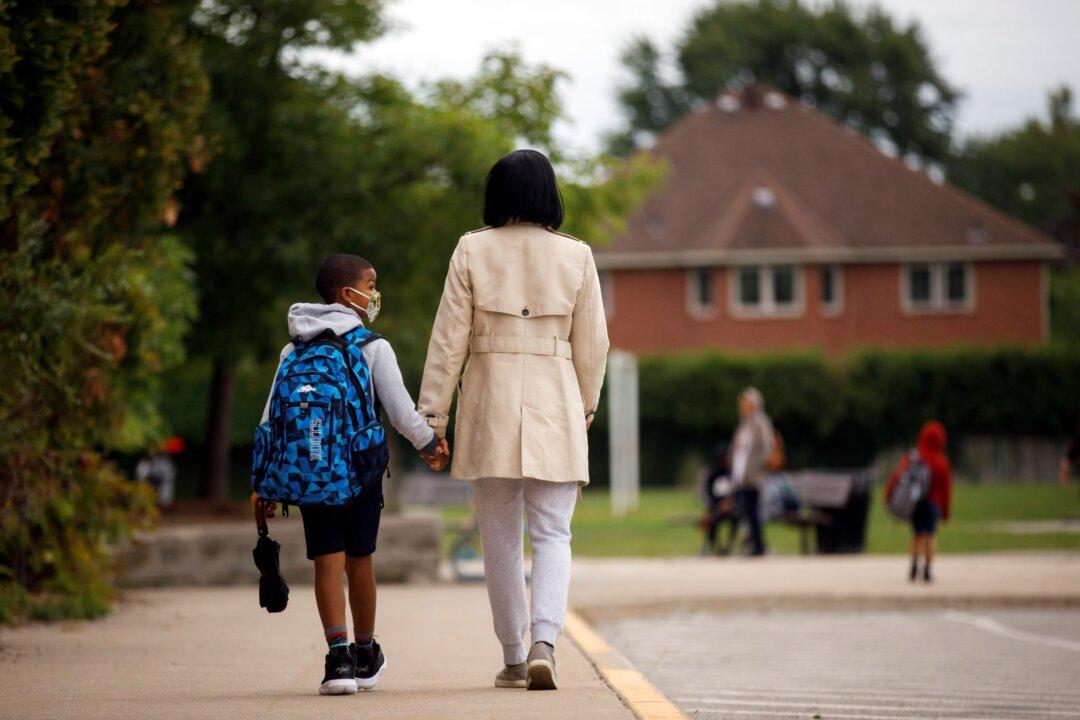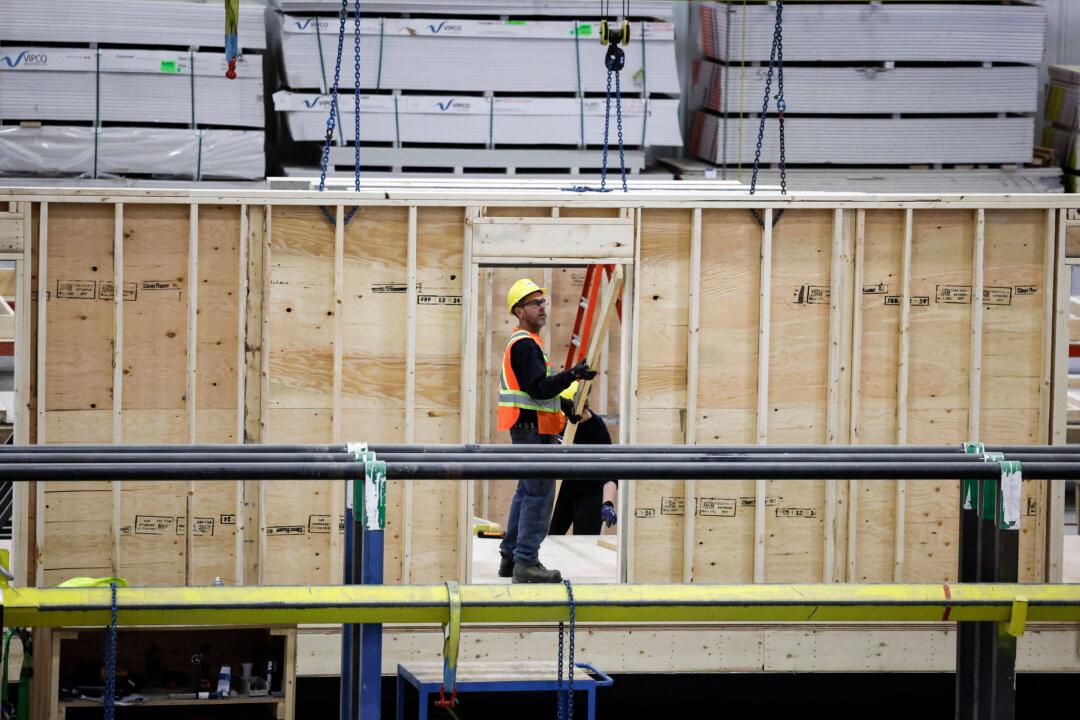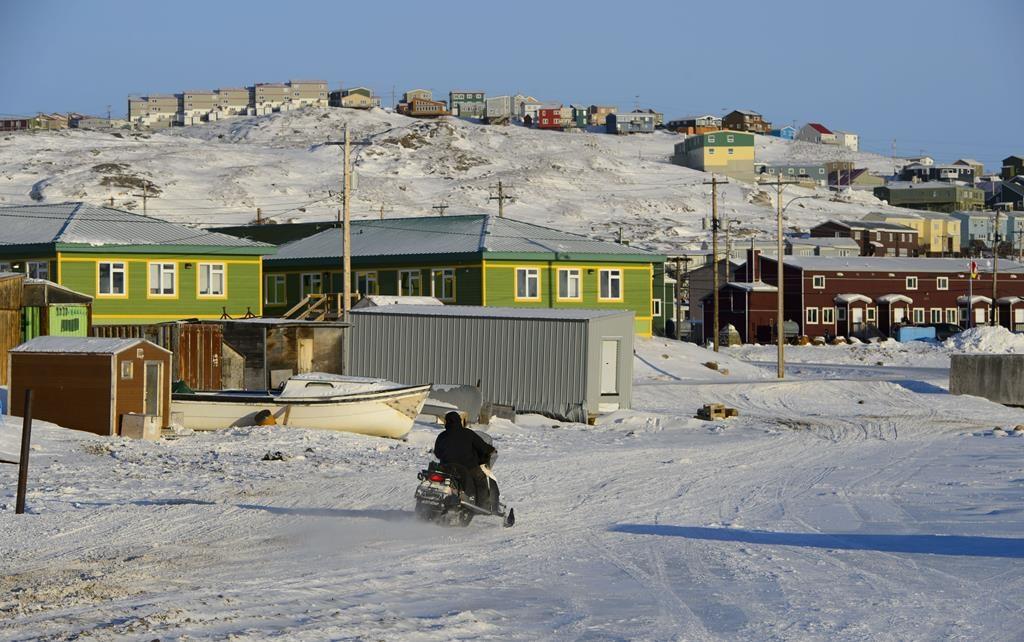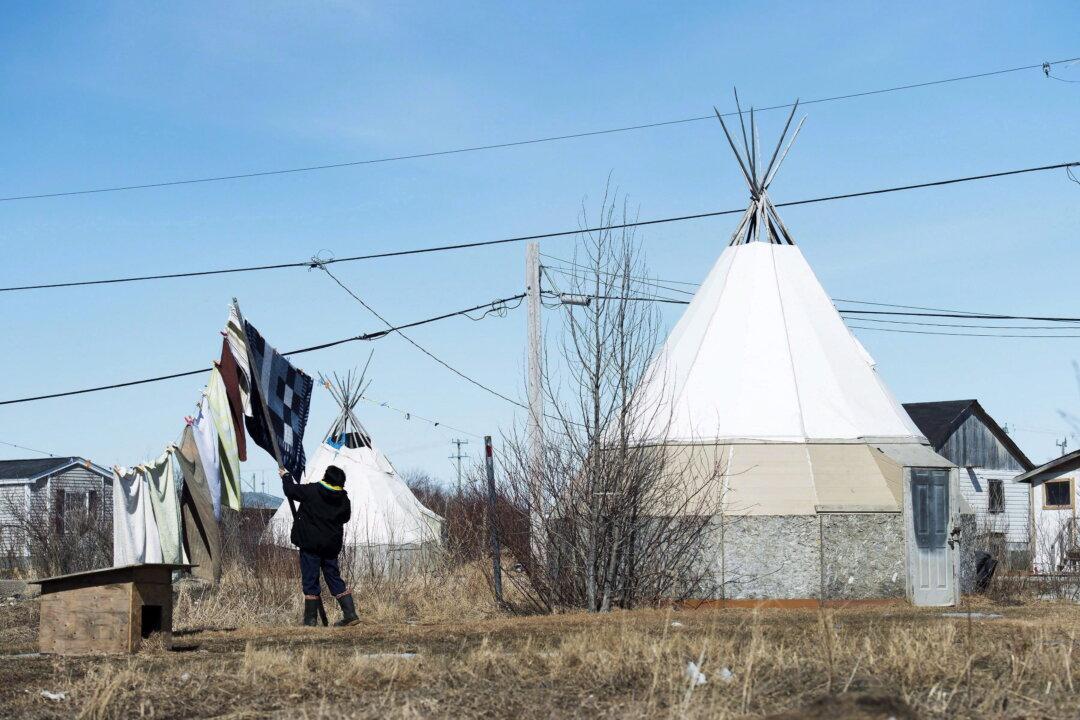Commentary
Many Canadians harbour foundational misconceptions about marginalized Indigenous communities and ignore the grim future for next generations. For multigenerational welfare families in remote settlements and urban slums, the gap has never been wider between the marginalized Indigenous underclass and the government’s much-vaunted middle class. Except for a privileged minority, by standard measures of societal dysfunctionality, the gap the government undertook to close widens exponentially.
